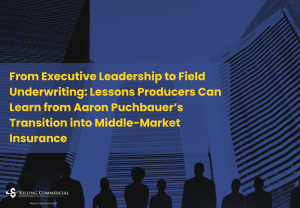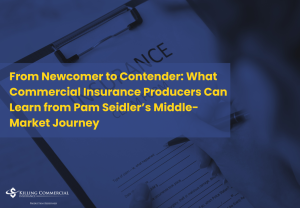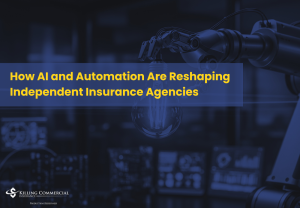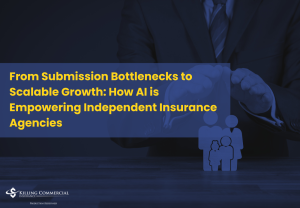
From Executive Leadership to Field Underwriting: Lessons Producers Can Learn from Aaron Puchbauer’s Transition into Middle-Market Insurance
The most successful producers in the middle market did not get there because they quoted faster, smiled bigger, or knew how to talk longer. They got there because they learned how to differentiate themselves so clearly that prospects had no choice but to see them as trusted advisors. They learned to operate like businesspeople first and insurance technicians second. They learned how to tie operational mechanics to insurance outcomes. They learned how to control their time, their pipeline, and their future.







Responses